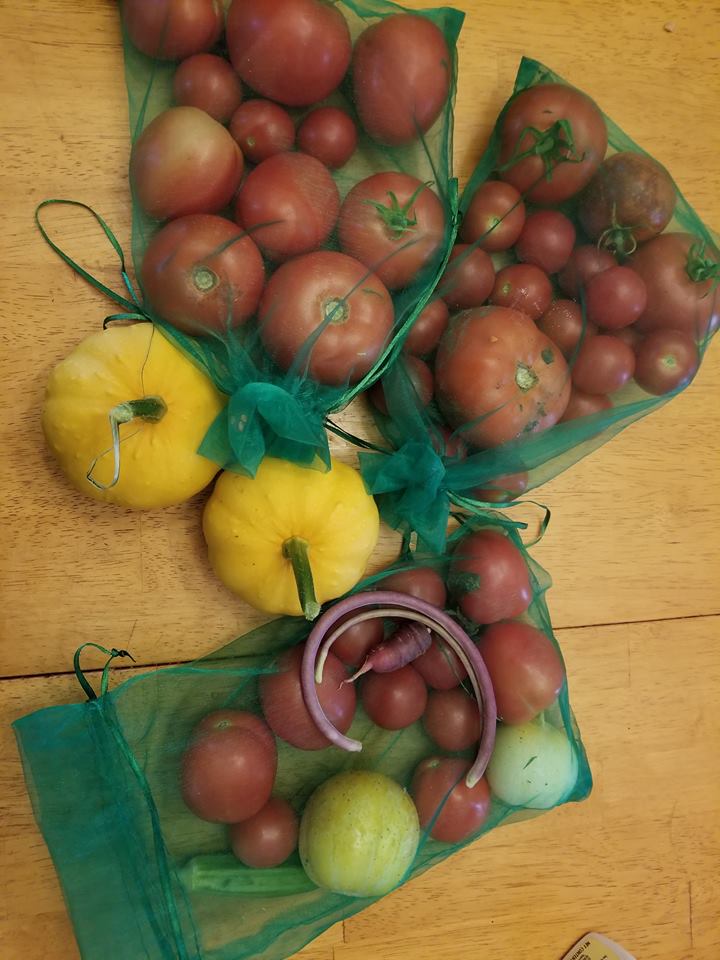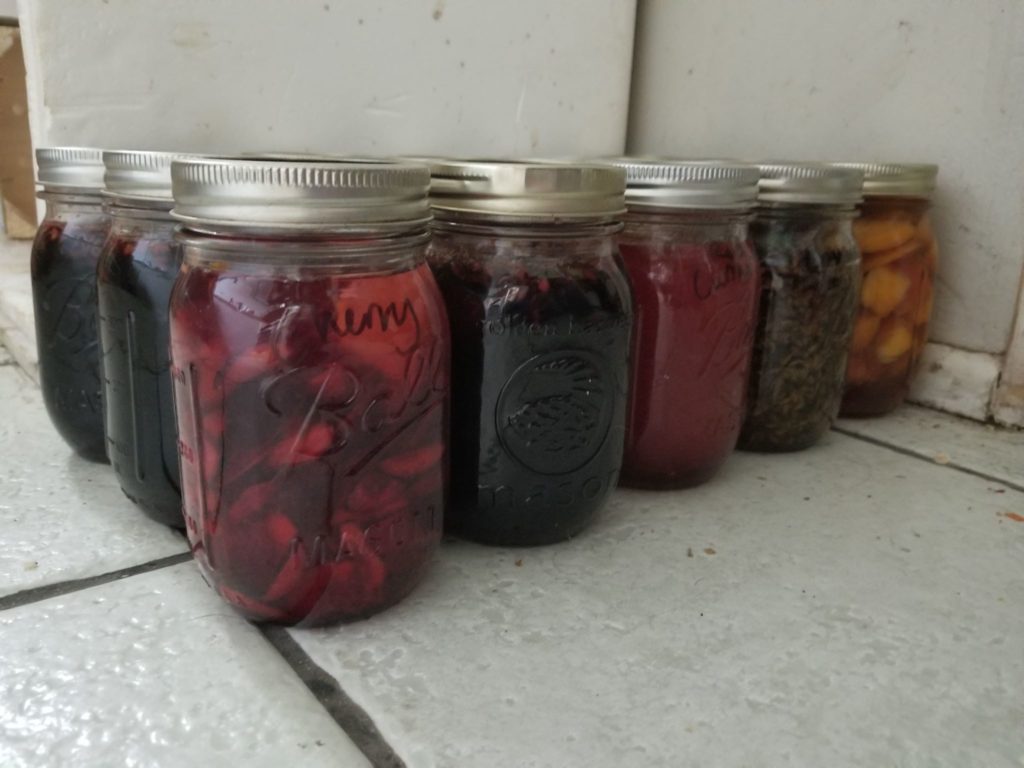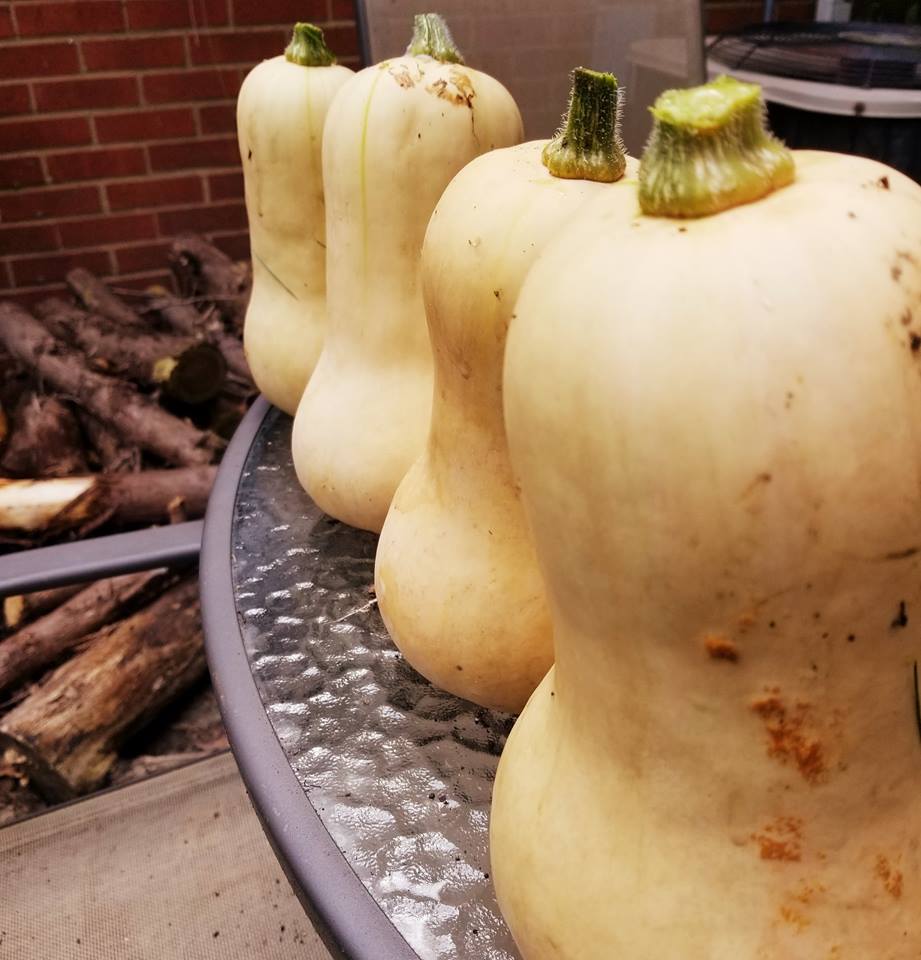by Melissa Amit Shuck
Sustainable Suburbia. It seems like an oxymoron. Yes, there are a few gem homes in the lower latitudes that have achieved just that, zeroing out their lives’ inputs and outputs without retreating to the remote country side.
Just think: how lavish and sustainable would the world be if everyone could live such a life? Yet I could find no model for this in northern climates: urban farms – yes, zero energy living – yes, but no combinations mooshed into the size of a suburban lot. I guess we can blame the cold.
It is a seemingly impossible challenge, therefore, naturally, I have to try with my small suburban home. First: as any good planner would do, I calculated the possibility. This is in order to keep God laughing (as the saying goes: Man plans, God laughs). Stark Brothers has a chart on fruit tree yields and, with some quick conversions from bushels to units I recognize in a grocery store, a semi-dwarf apple tree can yield approximately 1,000 apples.
Square foot gardening and permaculture also make high claims for sustainable living. Integrating those techniques and performing a cross- check between my comprehensive grocery list and their yield potential seems promising. Despite the north’s limitations on growing, my home landscape could produce almost everything I need except some very important staples: cinnamon, coffee, cocoa, beef, dairy, and cumin. Ok, maybe not very important, but those we are not willing to give up—yet anyway.
As for the rest of our home being sustainable, the calculations were simpler. Insulate the house, add window treatments, compost, recycle, redirect water for multiple uses and keep it on the property; investigate and balance solar, wind, and other types of electrical energy; reduce and refine our use patterns for low waste.
The biggest problem with the structural changes, such as the gobs of insulation that need to fill our attic is either money, time, or both The money can, I reason, be saved from the garden. I can generally expect an annual savings of at least $200 off of my annual veggies and berries. The time to install will come in winter when it is too cold to garden.
As my skill improves, my seed selections are refined, and my perennials begin to fruit, my savings increase.
In fact, it’s the rate of return that led me to the garden first. Rarely are investments found to have as high a gain as a garden managed by a knowledgeable gardener. Fertilizer can be free, if you know where to look. Because I have a low fertility soil I demand a lot from, I would need to do a lot of hustling to get enough free fertilizer to meet my demand. Since I already have a plate full of hustle, I supplement my free fertilizers with organic fertilizers.
Seed and plant stock can also be free. Look no further than your trash bin or compost pile. However, there are plants you may never meet at your grocery store that would fill both a niche in your diet and landscape. Thus, in order as much as possible, I decided to order some plants via catalog.
Most seed and plant sellers are happy to send you a free catalog. These are great antidepressants for bored gardeners frozen out of their hobby during winter and great learning tools for new gardeners about variety, timing, and the abundance of species available to us humans in a global world. Such plants as Hardy Kiwi, super sweet wild tomatoes, flowering bush cherries, currants, and more are all available to be mailed to your doorstep in spring.
I figured the $5/bareroot hazelnut bush was worth the $25 of fruit it would yield per year upon maturity. This reinvesting helps increase my annual gains in the garden, as long as a niche needs filling, and it is amazing how many niches there are! I guesstimate that by filling such niches I can save $200 more per year.
This is similar to building a business. The business is our food bill, utility bills, and our health. All which are monetized in our society and at rates that make this a “lucrative business.” The starting pay for any new business is, however very bad. There are one-time efforts and purchases that cost a lot with returns only to be seen years down the line. This being a sustainable business is no different. Fruit trees average three to five years to yield anything substantial, but require TLC every year.
The calculations I described thus far are about what is needed for a homestead outside the city. In the city there is another factor – aesthetics. Some cities require lawns or tell you “no vegetable gardens in your front yard”, or even more commonly, “no chickens.” We chose to live in a city without those rules, but we do not feel that gives us license to annoy our neighbors. Plus, the nicer sustainable gardening looks, the more likely it is to be adopted, making the whole city more sustainable, not just our backyard.
More research was needed on foliage color and shape, flower color, bloom time, fall foliage color, etc. As it turns out, since fruit come from flowers, most plants have an aesthetic element that makes them compatible with the average flower garden, accept maybe the tomato. Those small yellow flowers and well known fruit just shout “veggies here!” A maypop or echinacea, on the other hand, would camouflage into even the most stringent suburban landscape. All this research led me into the business of garden design and my Facebook page “Imitating Eden Garden Design.”
With the calculations complete, it was time to get cracking. That was four seasons ago, when we started turning a typical suburban lot to a food forest paradise. The transition continues with some good early results. We are sustainable in or nearly sustainable in: most herbs, onions, garlic, squash, wine, fresh tomatoes, salad greens, snap peas, rhubarb, and most berries. Our diet has changed. After 3 frustrating years trying to grow poppies, I found out broad leaf plantain has small edible seeds that could be used to decorate bread, like poppies or sesame. My celery always turned out stunted at best, so I substituted the more attractive—and still quite edible—prolific rhubarb.
My cooking now more resembles the show Chopped, than following Tollhouse’s chocolate chip cookie recipe.
The conclusion of this study is so far unknown. The data gathered has many positive indications. This recent harvest season has dropped our food bill, despite our growing family. Certainly, if nothing else, there are many lessons to be applied to a general northern city living which reduce the suburbanite foot print. I try to share these lessons on my Facebook page, through the volunteer-led gardens I run, my business, Permies.com and the occasional article or talk. I hope to publish more as the data arrives. If you are interested in learning more, please contact me. My Facebook page has the details.


